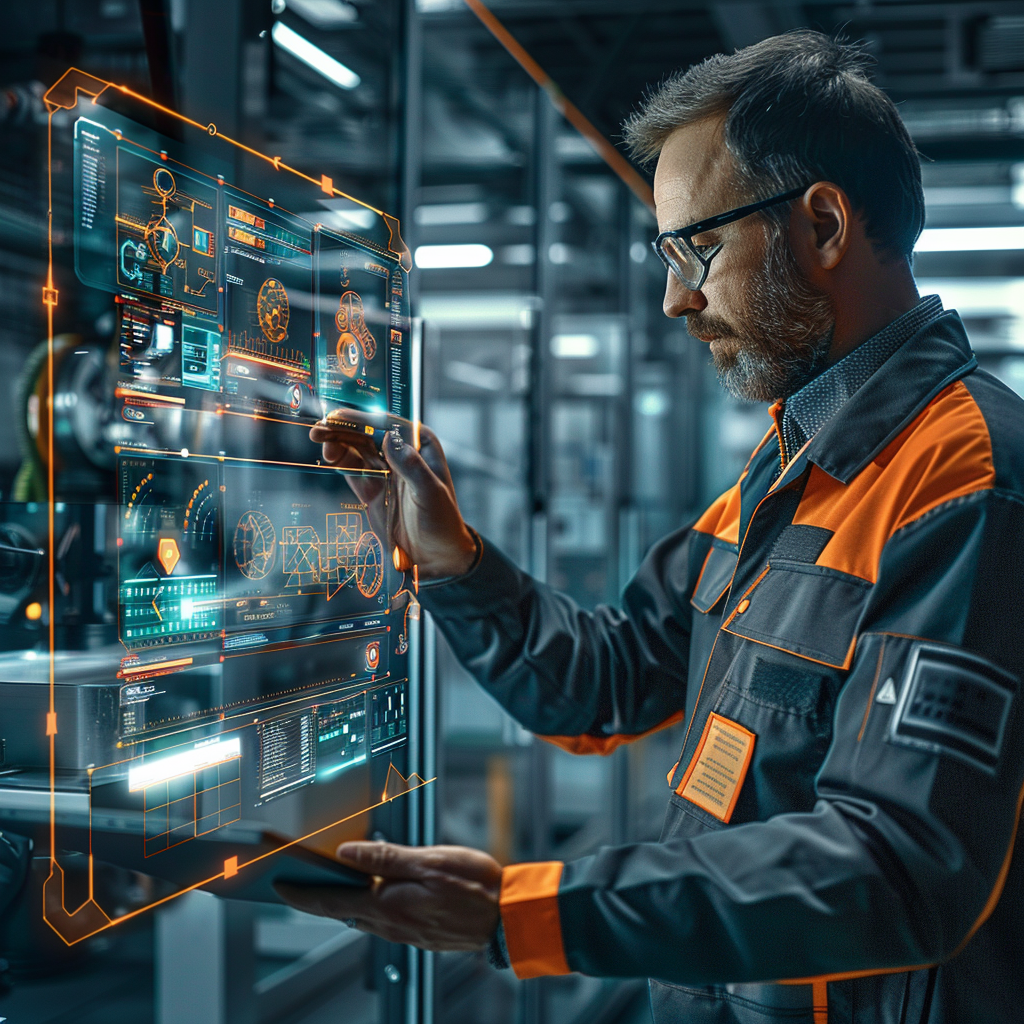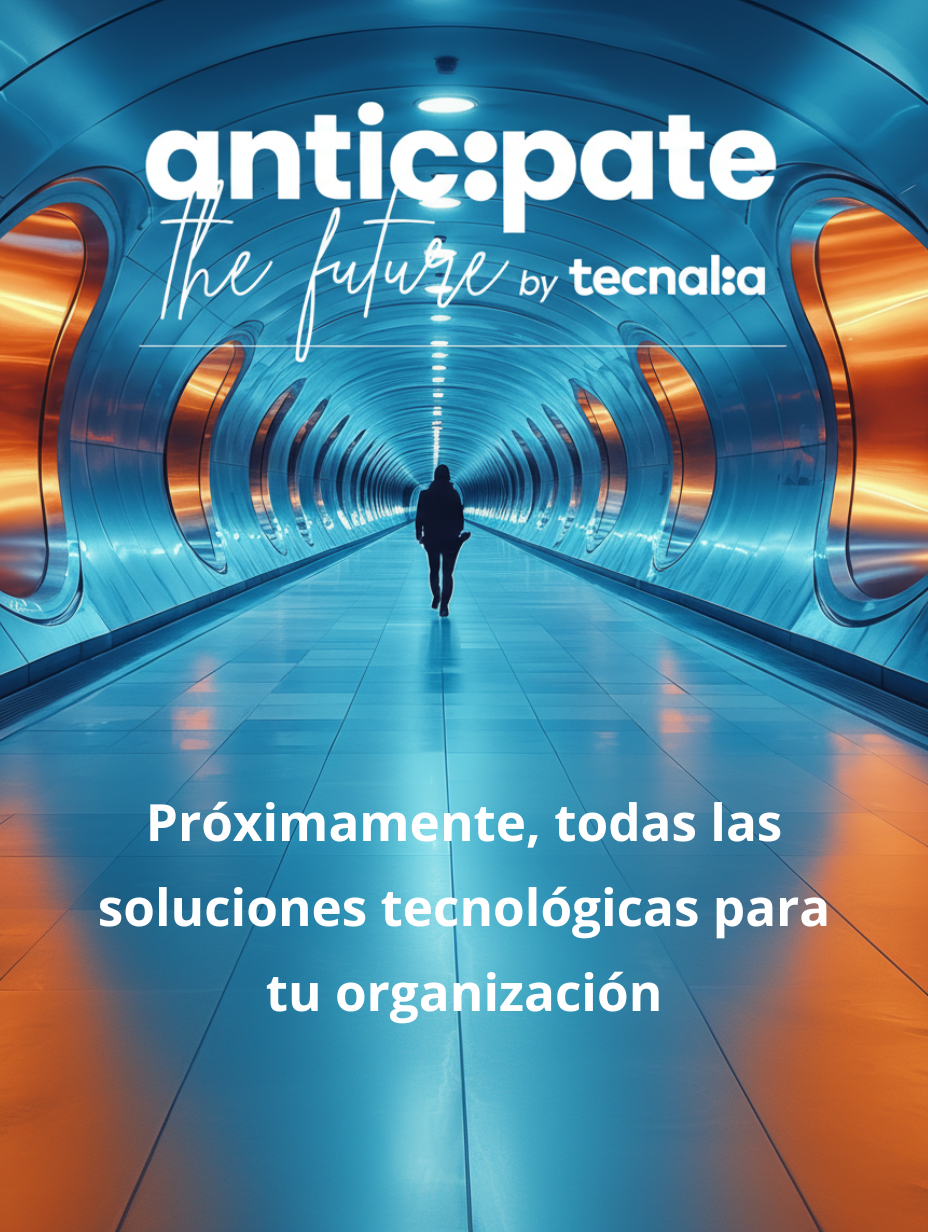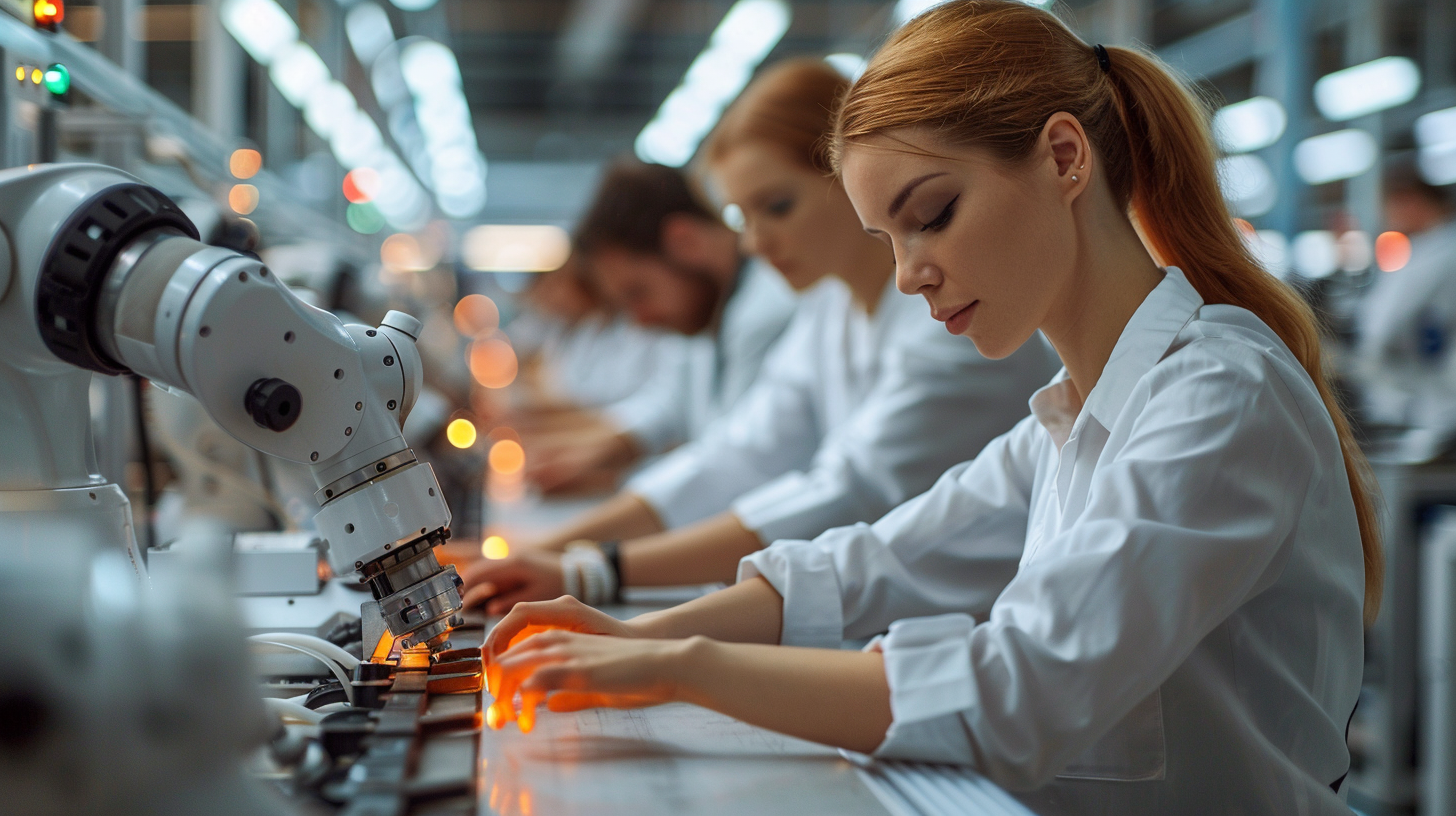Augmented interaction becomes the catalyst for the real and sustainable adoption of new technologies such as advanced automation, exemplified in the case of humanoid robotics.
Traditionally, the integration of robotsin industrial plants has been controversial due to the complexity of their programming, the need for specialised training and the communication barrier between operator and machine.
Augmented interaction breaks these bottlenecks. Through intuitive interfaces, such as augmented reality, voice or gestures, operators can interact with robots naturally, without the need for complex programming languages.
This not only accelerates the deployment of advanced automation, but also fosters real collaboration between humans and machines, in which technology adapts to the pace, language and needs of the worker.
The result: a more flexible, safer and more competitive industry, in which the adoption of robotics is not a challenge, but a natural evolution of human labour.



